Was Rahab the harlot a Canaanite? A natural assumption would be that she, as a resident of Jericho, was of the same national identity as those among whom she lived.
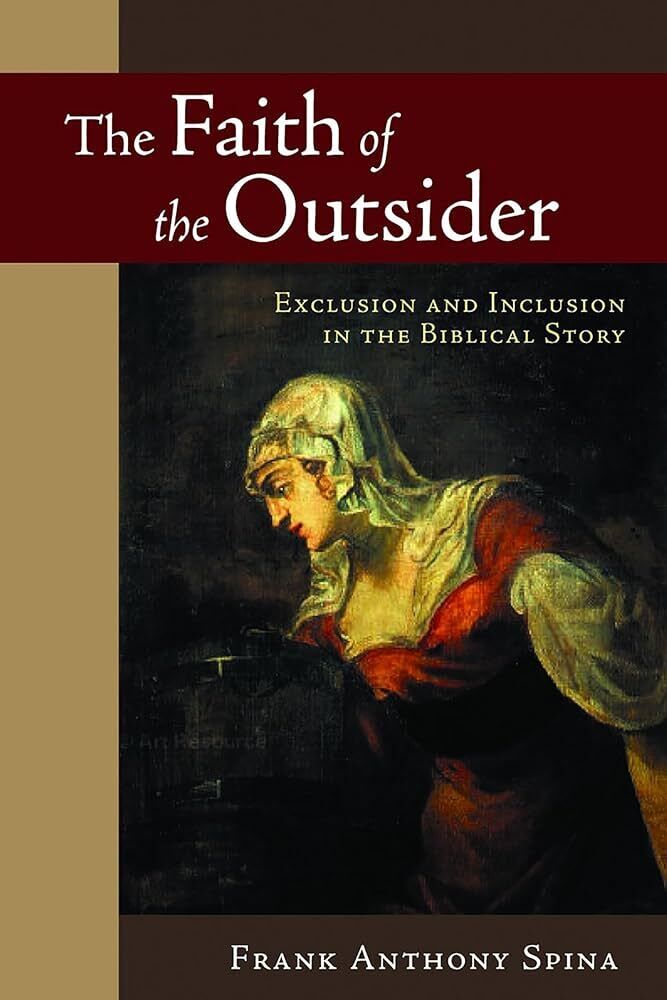
In part one of our study into Rahab’s identity, we examined whether she was actually a prostitute, concluding that the biblical account does unambiguously assert her as such. We cited Prof. Frank Spina’s The Faith of the Outsider: Exclusion and Inclusion in the Biblical Story for additional evidence.
Though the Bible is not explicit about Rahab’s heritage, Spina is unambiguous: “It is hardly an exaggeration to say that Rahab is the quintessential outsider in the whole book of Joshua. She is as Canaanite as they get!”
Is the matter of Rahab’s cultural identity that simple and settled? Was this resident of Jericho really a Canaanite—or was she something else entirely? Is there any reason to question her identity?
‘Representative Canaanite,’ ‘Confessing Israelite’
Spina emphasizes the importance of the “account of Rahab becoming part of Israel though she was a quintessential Canaanite,” writing:
In the end, Rahab and her family are not only kept alive when the Israelites attack Jericho, they eventually become part of Israel, God’s own elect people. For this reason, Rahab (and her family) lived forever after that as part of Israel—“to this day: ….” Though Rahab is presented as a quintessential Canaanite, she nevertheless ends up in the land that yhvh has promised to Israel.
Yet there are certain peculiarities in the account that provoke the question as to just how “quintessentially Canaanite” Rahab really was. One is her rather incredible confession to the Israelite spies in Joshua 2, which reads in part: “I know that the Lord hath given you the land …. the Lord your God, He is God in heaven above, and on earth beneath” (verses 9, 11). In his book Ani Maamin: Biblical Criticism, Historical Truth, and the Thirteen Principles of Faith, Rabbi Prof. Joshua Berman elaborates on Rahab’s confession in full, noting “elements of terminology and motifs from the Ten Commandments [that] are also tightly woven into her speech.” Berman concludes that these are elements a Canaanite harlot could not have known, and thus the story must have been subjected to some form of editorializing.
He writes:
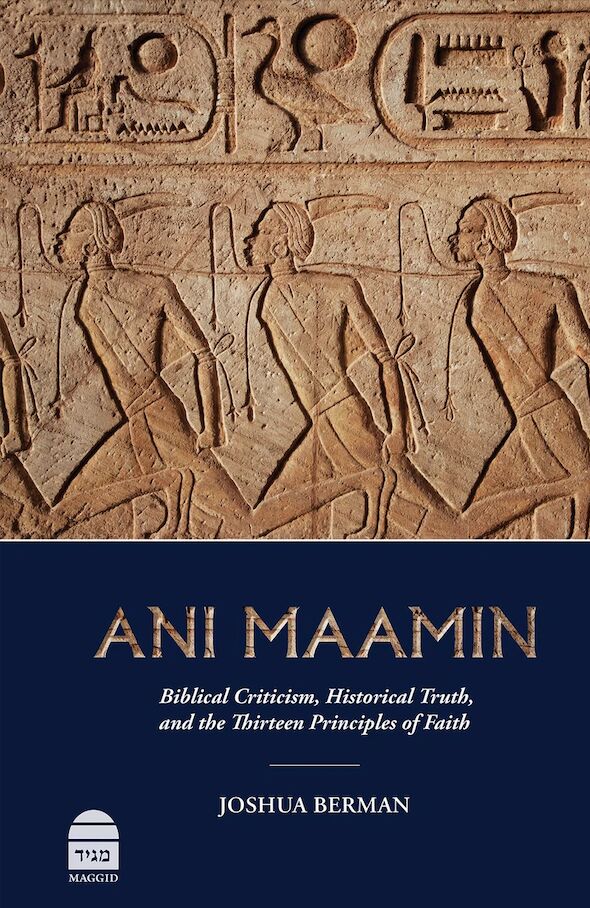
The book of Joshua could have presented a “historically accurate” version of the story [of Rahab’s confession]. But the story would have been greatly impoverished. It would have told us exactly what happened and the manner in which things were precisely said. It would have failed to give us the primary message: that Rahab was a righteous woman, not only an opportunist, and thus fully worthy of being spared the fate of the other Canaanites. It is precisely the artifice of her monologue, the embroidery layered upon the base facts of the story, that gives us the truest presentation of events: Rahab was worthy of being saved …. [W]e come away with the true lesson of her actions, at the expense of factual accuracy.
But is it sufficient to say that Rahab’s speech, which contained some degree of understanding or exposure to Israelite religion, was artificial in construct?
Spina also notes the peculiarity of her testimony, admitting:
If all one had to go on was Rahab’s use of vocabulary and phraseology in her confession, one would have to conclude that she is an Israelite of the first order. It is not even a stretch to say that this woman might have been a strong applicant for a job teaching Israelite catechism.
Given all the elements of this confession, Rahab, the quintessential outsider, has gone a long way toward transforming herself into an Israelite insider capable of making an exemplary Israelite statement of faith. Her recitation comes across as a sort of Israelite “Apostles’ Creed.” The narration makes no effort to elaborate on how Rahab has acquired this knowledge …. [T]he narration seems clearly and boldly to present her as a confessing Israelite, her occupation as a prostitute and her status as a representative Canaanite notwithstanding. She is, as it were, the epitome of a catechumen thoroughly schooled in all the relevant Israelites texts and concepts.
But what about this Israelite law—the Torah—that Rahab’s speech so vividly encapsulates? There are a number of restrictions within it with direct implications to the cultural identity of Rahab.
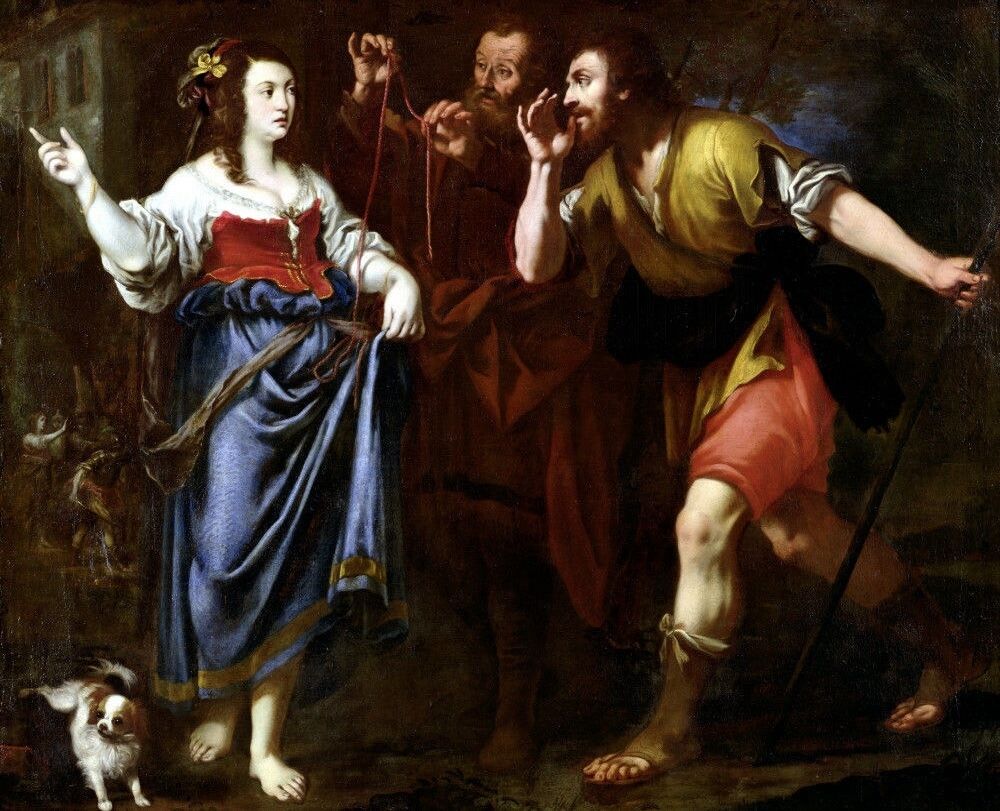
No Covenant, No Mercy—and No Marriage
Notice Deuteronomy 7:1-2: “When the Lord thy God shall bring thee into the land whither thou goest to possess it, and shall cast out many nations before thee, the Hittite, and the Girgashite, and the Amorite, and the Canaanite, and the Perizzite, and the Hivite, and the Jebusite, seven nations greater and mightier than thou; and when the Lord thy God shall deliver them up before thee, and thou shalt smite them; thou shalt make no covenant with them, nor show mercy unto them; neither shalt thou make marriages with them: thy daughter thou shalt not give unto his son, nor his daughter shalt thou take unto thy son.”
Covenants, mercy and marriages—all expressly forbidden with the Canaanites. Yet in the case of the conquest of Jericho, the Israelite spies both covenanted with Rahab and her family, and showed them mercy. What’s more, Rahab married within the Israelite community.
This is relayed most explicitly in the New Testament book of Matthew, in giving the messianic genealogy through King David: “Salmon begot Boaz by Rahab, Boaz begot Obed by Ruth …” (Matthew 1:5; New King James Version). This Salmon is mentioned in the Hebrew Bible as being the great-great grandfather of David, in the genealogical passages of Ruth 4:21-22 and 1 Chronicles 2:11-15. Neither passage, however, explicitly references Rahab, instead only providing male links in the genealogy. The first-century c.e. genealogy of the Jewish publican Matthew is the earliest existing genealogy clearly naming Rahab’s husband as Salmon. Gill’s Exposition commentary therefore concludes: “This [Matthew] had from tradition, or from the Jewish records …. [T]he Jewish writers … own that Rahab was married to a prince in Israel.” Many commentaries offer that Salmon may have even been one of the two Israelite spies who entered Jericho.

In Prof. Richard Bauckham’s 1995 journal article “Tamar’s Ancestry and Rahab’s Marriage: Two Problems in the Matthean Genealogy,” he addresses the lack of other known, earlier existing genealogies making mention of Rahab as mother of Boaz, stating that this still does “not mean that Matthew was original in making Rahab an ancestor of David. For the inclusion of Rahab in the genealogy of the Messiah to have carried any weight … her marriage [to Salmon] must surely have been an already accepted exegetical tradition … the tantalizingly fragmentary Qumran text 4Q549 [circa 2nd century b.c.e.], which evidently concerned the genealogies of members of the tribes of Judah and Levi in the Exodus period and after, shows that there certainly were genealog[ies] … which have now been lost.”
Later Jewish tradition maintains that Rahab married an Israelite prince (a common rabbinic interpretation is that she married Joshua himself). Yet particulars about who aside, this marriage stands in stark contrast to the mandate in Deuteronomy 7 (and Joshua’s own warning in Joshua 23:12) to not marry a Canaanite.
How, then, can this be reconciled with Rahab as the “quintessential Canaanite”?
Rahab—the Israelite?

It is for these reasons that Isabel Hill Elder posited in Far Above Rubies (1957) that Rahab was actually an Israelite. In part one, we critiqued her attempt to reframe the biblical references to Rahab not as a harlot, but instead as a “widow” and concluded that this reinterpretation categorically does not match the biblical or historical data (despite Elder’s personal disapproval of this “obnoxious appellation”). But on the subject of determining Rahab’s identity, in light of the above, Elder’s position is certainly understandable. She justified this identification, in part, on the basis of 1 Chronicles 7: This fascinating passage describes certain Israelites—Ephraimites—who remained in the land of Canaan while the bulk of the Israelite population was in Egypt. As such, Elder posited Rahab as having descended from this tribal division.
She wrote:
Rahab, in conversation with the spies says, “I know that Jehovah hath given you the land.” Not only in her use of the memorial name, Jehovah, but in her knowledge of the great land covenant does Rahab prove herself to be an Israelite, though her ancestors for eight or nine generations had been separated from the main body of Israel. It is this fact which makes Rahab anxious to be assured that when the conquest does take place, she and her kindred will be secured against the fate of the iniquitous and idolatrous Canaanites. …
Rahab, the widow, married Prince Salma, or Salmon, of the house of Pharez-Judah, and so was brought into the exclusive and royal family from which the house of David was built (Matthew 1:5). No woman of questionable character would have been admitted to this divinely protected royal enclosure, for marriage with a Canaanite was strictly forbidden (Deuteronomy 7:1-3).
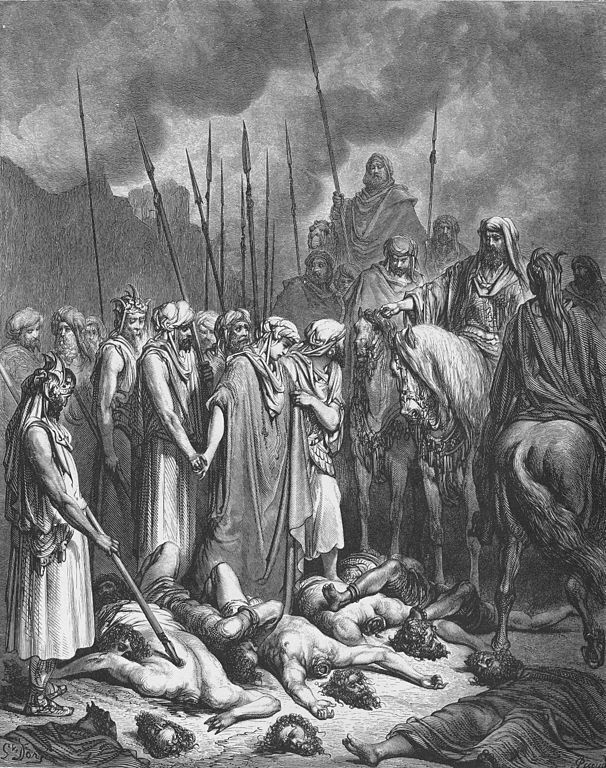
Identifying Rahab as an Israelite would solve these issues presented above and would provide an answer for her rather remarkable speech to the spies. Yet this conclusion presents other questions requiring further explanation.
Why, for example, does Rahab say to the Israelites that “the Lord hath given you the land”—why not “us”? Why does she say that “your terror is fallen upon us”? In Joshua 2:11, she says: “And as soon as we had heard it [the news of the Israelite defeat of the Amorites], our hearts did melt, neither did there remain any more spirit in any man, because of you; for the Lord your God, He is God.” Throughout her speech, she separates herself with this terminology, numbering herself among the “other” in the language of an outsider.
Consider also Joshua 6:23: After Rahab’s immediate family is brought out of the ruins of Jericho by the Israelites—her father, mother, sisters and brothers—“they set them without the camp of Israel.” Why, if they were Israelites themselves?
While there are various conceivable answers to these questions, when taken at face value, these passages support the conclusion that Rahab was an outsider to the Israelite community. Yet there remain the aforementioned problems in identifying her as a Canaanite. For these reasons, McClintock and Strong Biblical Cyclopedia concludes: “[S]ome [rabbis] give out that she was not a Canaanite but of some other Gentile race, and was only a sojourner in Jericho” (emphasis added throughout).
To this end, there is an intriguing alternative option I would like to propose—one that I believe presents a satisfying solution to the general question of Rahab’s heritage, as well as her marriage to Salmon.
Rahab and Salmon—Rechab and Salma?
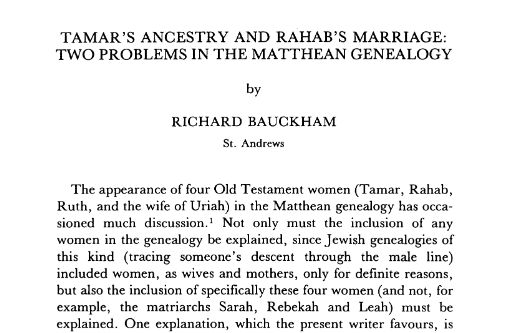
A step toward this solution is highlighted in the abovementioned paper of Prof. Richard Bauckham. He argues that Matthew’s Salmon-Rahab connection did not come from extra-biblical tradition but was in fact derived from a genealogical list contained within the Hebrew Bible itself.
First, a peculiarity of the name “Salmon” must be explained. While this is the way his name is often given in translation, in the Hebrew Bible it is actually given more often as Salma (as in Ruth 4:20 and 1 Chronicles 2). The first part of 1 Chronicles 2 describes this direct lineage of David, noting Salma as his great-great grandfather. This same name Salma again pops up at the end of the chapter as a patriarch of those dwelling in Bethlehem. (This would be consistent with the description of the father of Boaz; Boaz, after all, was “from Bethlehem”—Ruth 2:4.) Note the final two verses of 1 Chronicles 2: “Salma’s descendants: Bethlehem, the Netophathites, Atroth-beth-joab, and half of the Manahathites, the Zorites, and the families of scribes who lived in Jabez—the Tirathites, Shimeathites, and Sucathites. These are the Kenites who came from Hammath, the father of Rechab’s family” (verses 54-55; csb).
The order of these genealogical verses—how they are to be read, who they refer to, what family tree they are a part of, and which names are place-names or personal names—is highly debated. Nonetheless, here in the context of a Salma, we have reference to a Rechab. Could this Rechab be one and the same as Rahab? Professor Bauckham believes this is the source of Matthew’s reference to Salmon and Rahab: “The exegetical basis for Rahab’s marriage to Salma should be sought … in 1 Chronicles 2:54-55, which refer both to Salma (שלמא, as in 2:11, 51) and to Rechab (רכב, which could be transliterated Ῥαχάβ, as in Matthew 1:5).”

The name for Rahab is slightly different to the form found in Joshua by a single Hebrew letter: Joshua’s רחב (Rahab) versus Chronicles’s רכב (Rechab—note that the vowels are later supplied markings, not original to the text). Nonetheless, the guttural כ and ח consonants produce near-identical sounds and can be readily mistaken for one another. Such slight difference in spelling would be entirely unsurprising, especially if transliterating a non-Hebrew name. Further, Chronicles is a centuries-later, post-exilic Persian-period work; numerous names are spelled slightly differently to their equivalents found in earlier biblical books. (Even the name David is spelled differently in Chronicles, as compared to the books of Samuel and Kings.) Salma’s own name throughout this chapter is spelled slightly differently to the Salma variant found in the book of Ruth (שלמא versus שלמה, respectively). Even for Rahab herself, the New Testament contains two variant spellings of her name (Ῥαχάβ, in Matthew 1:5; Ῥαὰβ, in Hebrews 11:31 and James 2:25). Josephus contains another variant Greek transliteration entirely. Bauckham believes Matthew’s slightly stronger transliteration Ῥαχάβ (Rachab) is evidence of direct derivation from this slightly stronger spelling in 1 Chronicles 2:55, as רכב (Rechab/Rachab). This is in contrast to the slightly softer transliteration of the regular spelling of Rahab’s name elsewhere in the Greek New Testament (as Ῥαὰβ).
Professor Bauckham highlights some of the different ways of reading and interpreting this genealogical passage at the end of 1 Chronicles 2. Despite a typical interpretation that the Salma at the start of the chapter (relating to David’s ancestry) and the Salma at the end (relating to Rechab) refer to two different individuals, “Jewish exegetes of the New Testament period … [likely] would have identified the Salma of 2:11 with the Salma of 2:51, 54. In fact this identification is made in the Targum to Ruth 4:20.” This equivocation is unsurprising, given the names for Salma in this single chapter are spelled the exact same way (שלמא) and are found as such nowhere else in the Bible—making the odds that 1 Chronicles 2 is referring to two entirely different “Salmas” in such proximity extremely unlikely.
Bauckham then states that despite the Septuagint Greek rendering, a “Jewish exegete reading 2:50-51 as in the MT [Masoretic Text] could have found no indication of Salma’s parentage and therefore would the more easily have identified him with the Salma of 2:11. Moreover, that the Salma of 2:54 is the ancestor of David would be confirmed by the fact that, after the obscure notes of Salma’s descendants (2:54-55), the genealogy of David continues (3:1-24).”
How is this relevant to our study? For our purposes here, identifying this Salma as one and the same as David’s ancestor, and this Rechab as one and the same as Rahab, opens up an interesting possible window into her cultural connection: It would link her to, as verse 55 notes, “the Kenites.”
Rahab—the Kenite?
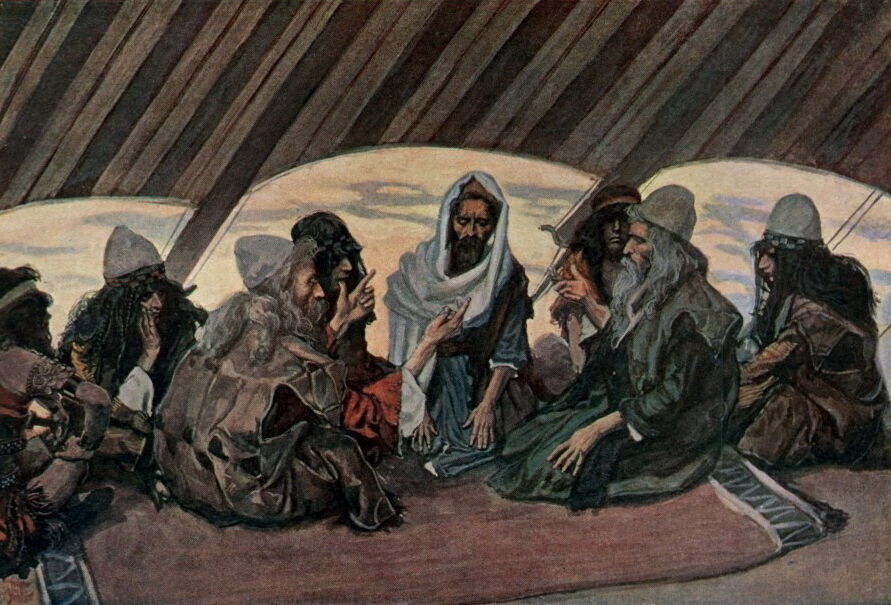
Rahab as a Kenite would be an intriguing solution to our question. It would still classify her as an outsider—but importantly, not as a Canaanite. And this identification brings with it perhaps the most striking and suitable political and religious association possible.
The Kenites were an Abrahamic desert tribe of the southern Levant. Moses’s own relatives, through marriage, were Kenites (Judges 1:16; 4:11)—notably his father-in-law, the priest Jethro. This friendly tribe became somewhat intertwined with the Israelite body. There is the account of the delegation visiting the Israelites encamped at Mount Sinai (Exodus 18) and later guiding the Israelites through part of their desert journey (Numbers 10:29-32). The Kenites ultimately became established in the southern Negev desert territory adjoining the tribe of Judah (Judges 1:16). Note also the infamous account of “Jael the wife of Heber the Kenite,” who achieved infamy in killing the Israelite oppressor Sisera with a tent-peg (Judges 4).
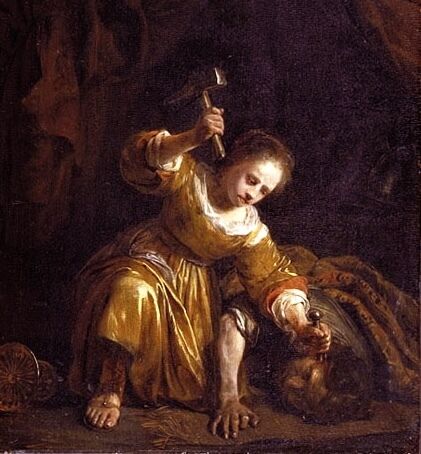
The level of favor between the Israelites and Kenites is perhaps best summed up in a statement from King Saul in preparation for his attack against the Kenite-neighboring Amalekite tribe: “And Saul said unto the Kenites: ‘Go, depart, get you down from among the Amalekites, lest I destroy you with them; for ye showed kindness to all the children of Israel, when they came up out of Egypt. So the Kenites departed from among the Amalekites” (1 Samuel 15:6).
Such a close connection has even led to a certain opinion in scholarship known as the “Kenite Hypothesis”—that the Israelite religion itself was influenced or derived from the Kenites (in part through Moses’s relationship with Jethro). Of course, I would not suggest that extreme, but it nevertheless makes the point that these were a people closely connected to the Israelites, with familial, political, even a degree of religious connections.
It’s also a tribe with an apparent geographical connection to Jericho. Judges 1:16 states that at the time of the Israelite entrance into Canaan, “the children of the Kenite, Moses’ father-in-law, went up out of the city of palm-trees with the children of Judah.” The term “city of palm trees” is synonymous with Jericho (see Deuteronomy 34:3 and 2 Chronicles 28:15).
The presence of certain Kenites in or around the well-watered environs of Jericho could explain why a Kenite Rahab ended up in the city. Further, the rescue of her family and a marriage into the tribe of Judah (with a prince of that tribe, Salma/Salmon) would aptly explain why these Kenites elected to travel “with the children of Judah” from Jericho into the Judean desert, setting themselves up as neighbors to this particular Israelite tribe (Judges 1:16). Indeed, the territories mentioned at the end of 1 Chronicles 2—in association with “Salma,” “Rechab” and “the Kenites”—match up with where these Kenites settled.
Therefore, even for those who may dispute the equivocation of Rahab and Rechab in 1 Chronicles 2, the same Rahab-the-Kenite conclusion may be drawn from the presence of Kenites near this “city of palm trees” and their interesting decision to continue on with Salmon’s tribe of Judah.
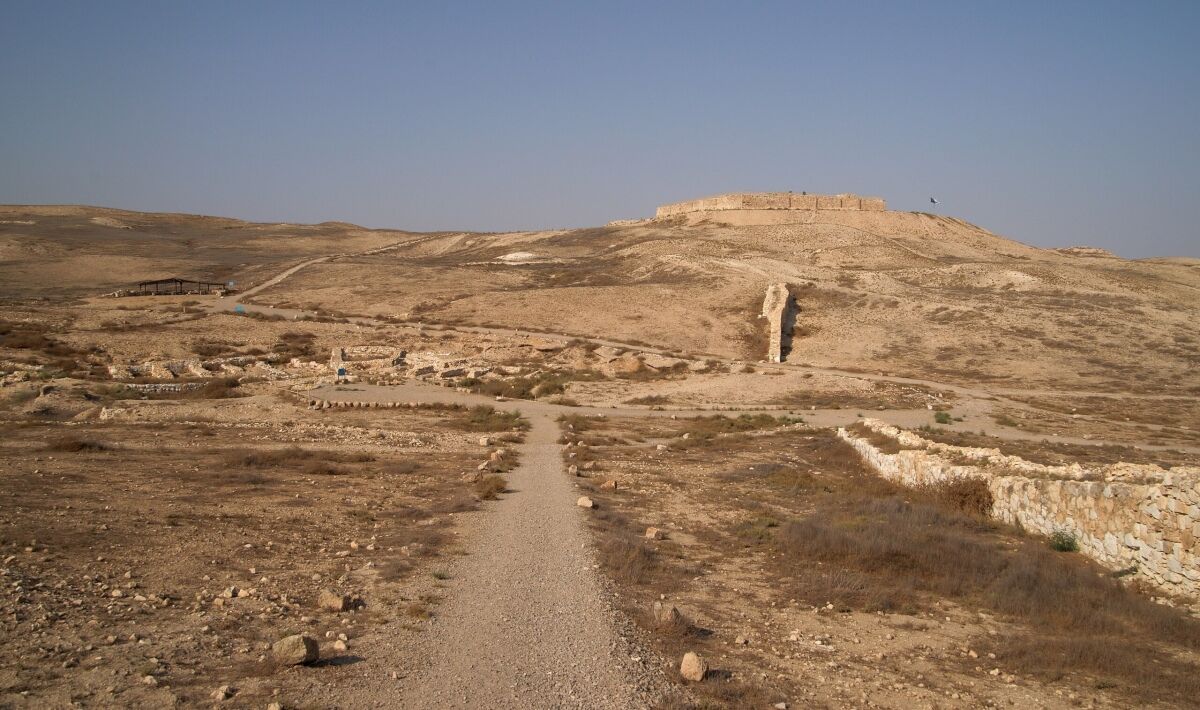
This explanation would justify the legality of the marriage between Salmon to Rahab, not as between an Israelite and a Canaanite, nor as between an Israelite and an Israelite (on the basis of Rahab as an “other”), but as between an Israelite and an Abrahamic Kenite. This fits with McClintock and Strong Biblical Cyclopedia’s assertion that “some [rabbis] give out that she was not a Canaanite but of some other Gentile race, and was only a sojourner in Jericho.” And of further interest is her name: “Rahab,” while not a typical Israelite name found throughout history, it is a relatively common name found in the Arab world (رحاب, Rihab—our own midwife nurse here in Jerusalem is so named). This name is of the same derivation as the biblical word, with the meaning generally given as reflecting “vastness.”
And our conclusion here would even open up a question into how willing the biblical Rahab was in her profession. Jericho is often understood to have been more of a Canaanite military station, or a city with at least more of a military emphasis—rather than a bustling metropolis with citizens of all walks of life. (This is in part due to the comparatively small size of the ancient tel of the city proper—roughly an acre.) Robert Boling, in his Anchor Bible commentary on Joshua, notes to this end the “immemorial symbiosis between military service and bawdyhouse.” One wonders if Rahab had been goaded by the military rule into this profession within their city. Certainly, it would account for why she shows no allegiance to it. There is room for endless speculation.
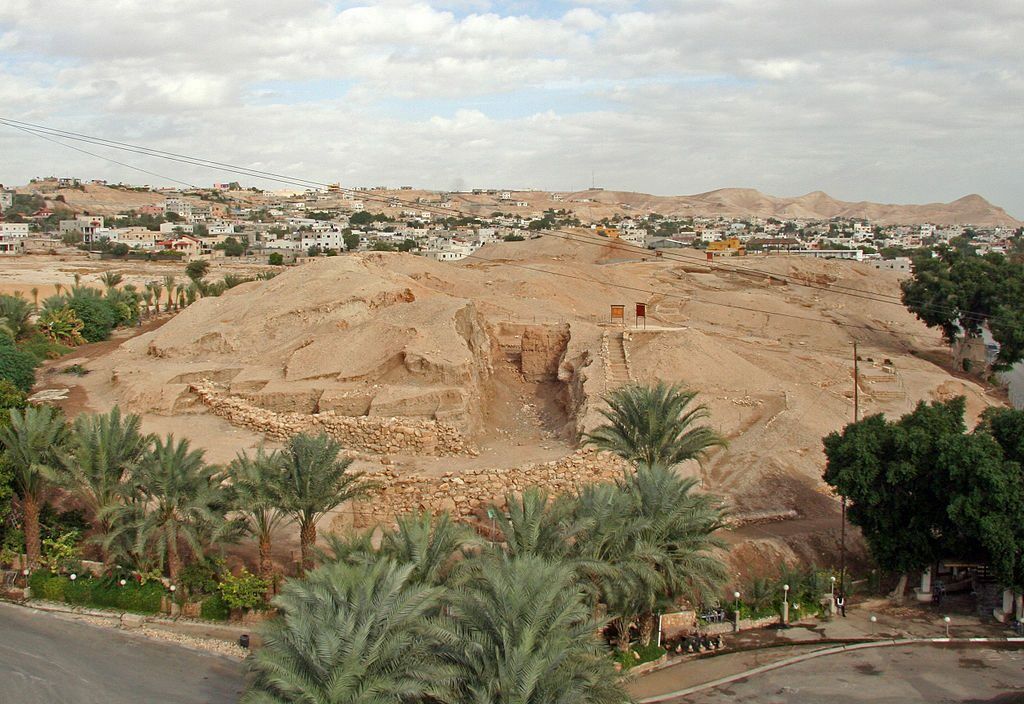
McClintock and Strong write: “When, therefore, the two spies sent by Joshua came to her house, they found themselves under the roof of one who, alone, probably, of the whole population, was friendly to their nation.” Could this bit of providential friendship have come, not just because she was not an ordinary member of the Canaanite population, but also because she was from arguably the most friendly tribe to the Israelite nation? Added to that, the promise of the spies—that “when the Lord giveth us the land … we will deal kindly and truly with thee” and with “all thy father’s household”—reads rather similar to the promise made by Moses to this same people (Numbers 10:29-32).
Finally, this Kenite association would explain the level of religious knowledge Rahab demonstrates, implicit within the language of Joshua 2—a knowledge that a member of the Sinai-familiar, Moses-related Kenite tribe would have been privy to—information that a Kenite Rahab could have known.
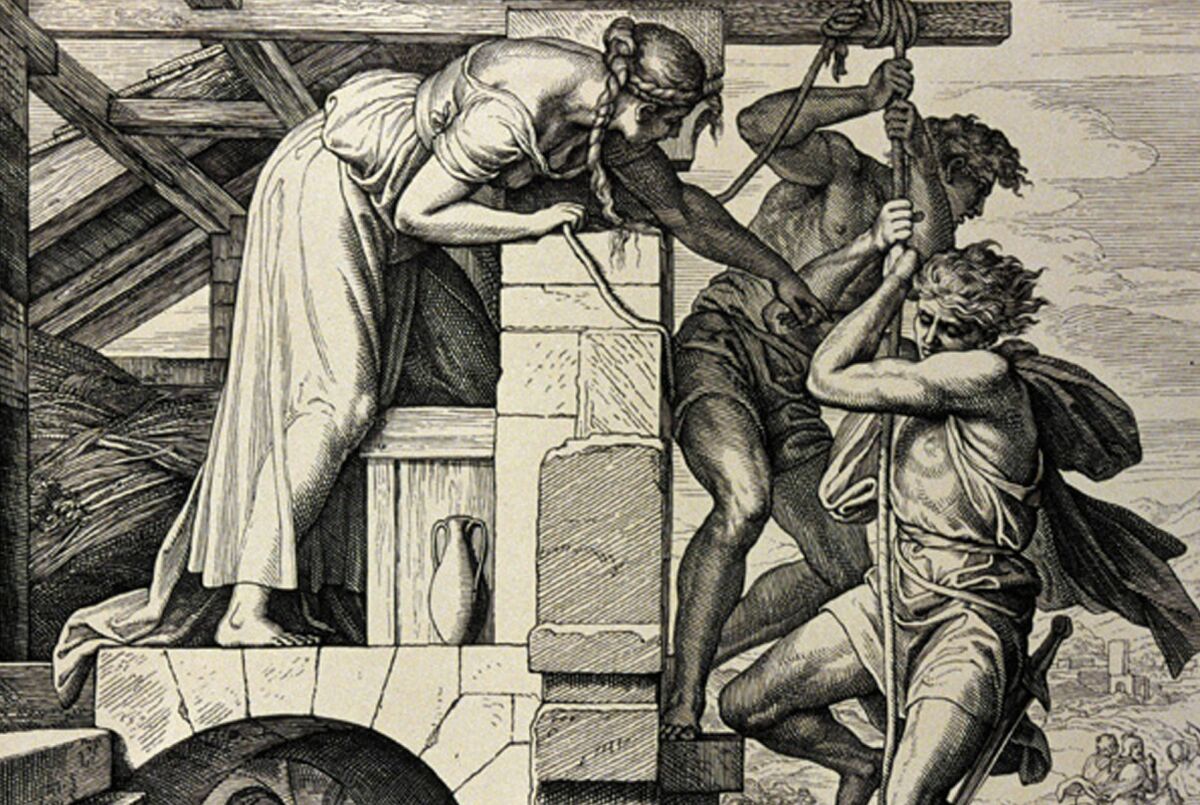
What, then, was the biblical Rahab’s cultural identity? This is a question ultimately for the reader to weigh and decide. At the end of the day, what is perhaps most striking about Rahab is just how un-”quintessentially Canaanite” she really is.

